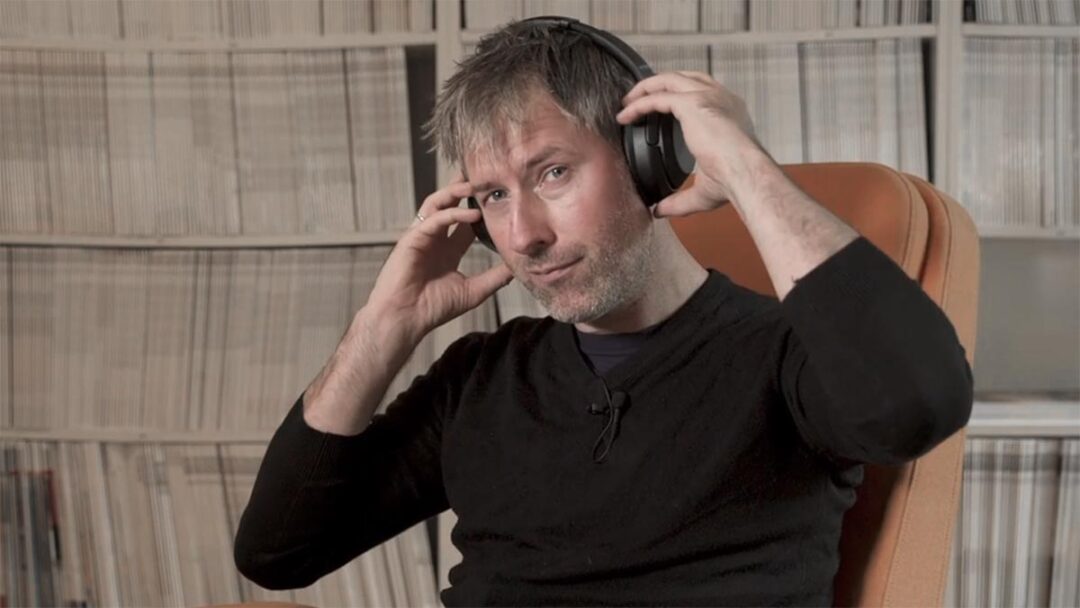If you only want one pair of headphones, they should be wireless and definitely feature active noise cancellation. Sony WH-1000XM3!
Therefore, it’s no big surprise that Bose QC35 are the best-selling headphones on the market. However, the best performing ones in our opinion are the Sony WH-1000XM2. Better sound than Bose, and slightly better noise cancelling. Not least because of their automatically adjusting to surrounding air pressure and the user’s ears.
The WH-1000XM2 headphones have one caveat, namely the fact that they automatically shut down if no music is played within five minutes. If you only crave the noise cancelling part but not the music, we have ourselves a problem. Bose owners can adjust this feature in the app, but Sony users have to solve it by plugging in the cable. Why bother.
As for sound quality, the 1000XM2 sound a bit relaxed in the treble area (can be adjusted in the app), and could perhaps be more light-footed and quick in terms of dynamics and transient response.
The successor
Well, here’s the answer to our prayers, namely the WH-1000XM3. And we’re talking several improvements.
First off, they’re almost ten percent lighter, weighing in at 255 grams. Furthermore, the headband follows the shape of the head more neatly, where on the predecessors it sticks out a little more on the sides and gives off a slightly bulkier look.
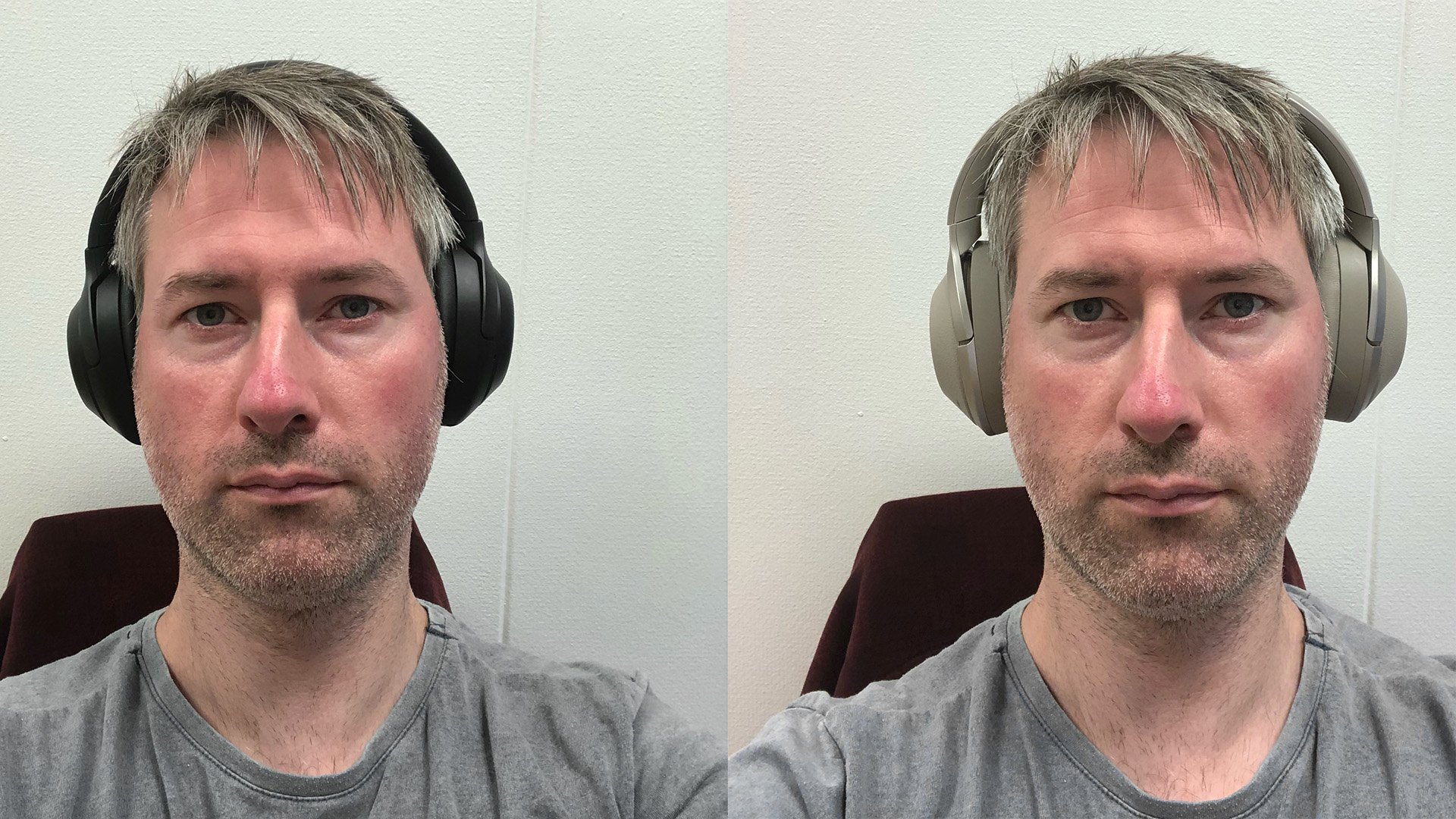
The cushions have a bigger circumference, giving the ears more room. A softer material further increases comfort, definitely on par with that of Bose QC35. Where the XM2 had improved on a weakness where their predecessor gave a thumping sound whenever the user’s feet hit the ground, this is now completely gone with the XM3. This is thanks to greatly reduced friction in the swiveling hinges; it almost feels as if they’re using ball bearings!
Improved inside
As its predecessors, the WH-1000XM3 support uncompressed audio over Bluetooth via Sony’s LDAC codec (requires compatible Android phone). That’s where the resemblance stops.
Where other headphones use digital amplification, Sony has chosen an analog amplifier for the XM3. Those are normally too heavy, bulky and battery draining to compete, but Sony has managed to shrink it without losing efficiency. Together with a new DSP and a 32-bit DAC this is said to offer better bass handling and resolution.
Not to be forgotten, both microphones are now active during phone calls, to improve voice audio quality. As its predecessor, the XM3 feature voice commands through both Google Assistant and Apple’s Siri.
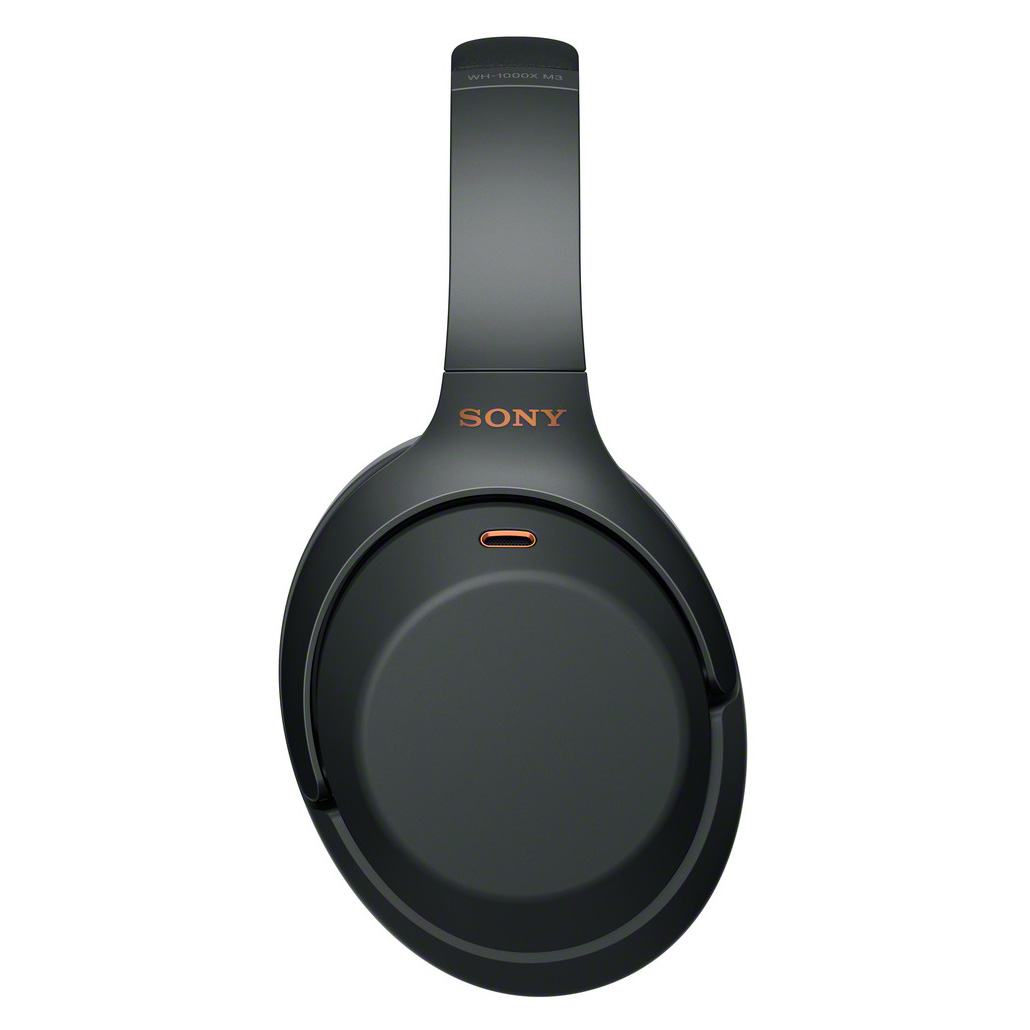
New noise cancelling technology
Sony has worked hard to make the noise cancelling part even more efficient. Especially when it comes to background noise of higher frequencies. If you’re in a diner, and you hear the rattling of glass and cutlery at the tables around you, the XM3 will suppress this more efficiently than the XM2. And, finally, you can decide in the mobile app if the noise reduction always be on, or shut down the headphones automatically after a given period of time.
The battery life is 30 hours like before, and thanks to quick charging, the headphones give five hours of play time after just ten minutes of charging. Beat that!

Silent as the grave
Noise cancelling headphones reduce the noise from outside by sending a reverse phase signal into the ear canal. Some do it splendidly. However, the noise is partially replaced by a weak hissing sound, which can deteriorate the audio experience.
Bose QC35 and Sony WH-1000XM2 both have audible hissing when noise cancelling is activated. This, however, is greatly reduced in the WH-1000XM3. In fact, you need to really concentrate to be able to hear anything at all. Definitely the best we have ever heard, regarding this phenomenon.
The predecessors suppress noise quite well in the bass region (e.g. the bouldering noise inside an airplane cabin), but not as well in the midrange. The XM3 are far better than anything we’ve heard, which is especially audible in an open office environment. I can enjoy music at even lower volumes without the environment leaking in. The XM2 were good compared to other references at the time, but the weaknesses become quite clear when you stack them up against the XM3. This is noise cancelling, the likes of which I have never heard until now! And should you want to hear when someone’s talking to you, just place the palm of your right hand on the corresponding ear cup, and the music is attenuated while the environment is amplified.
Optionally, the headphones can – based on your motion – guess if you are sitting down, walking or running, and adjust the noise cancelling accordingly. If you are running, maximum environment noise will be let in, so that you are able to hear what’s going on around you (traffic is less dangerous that way). Should you choose it, you can only let voices in and keep everything else out.
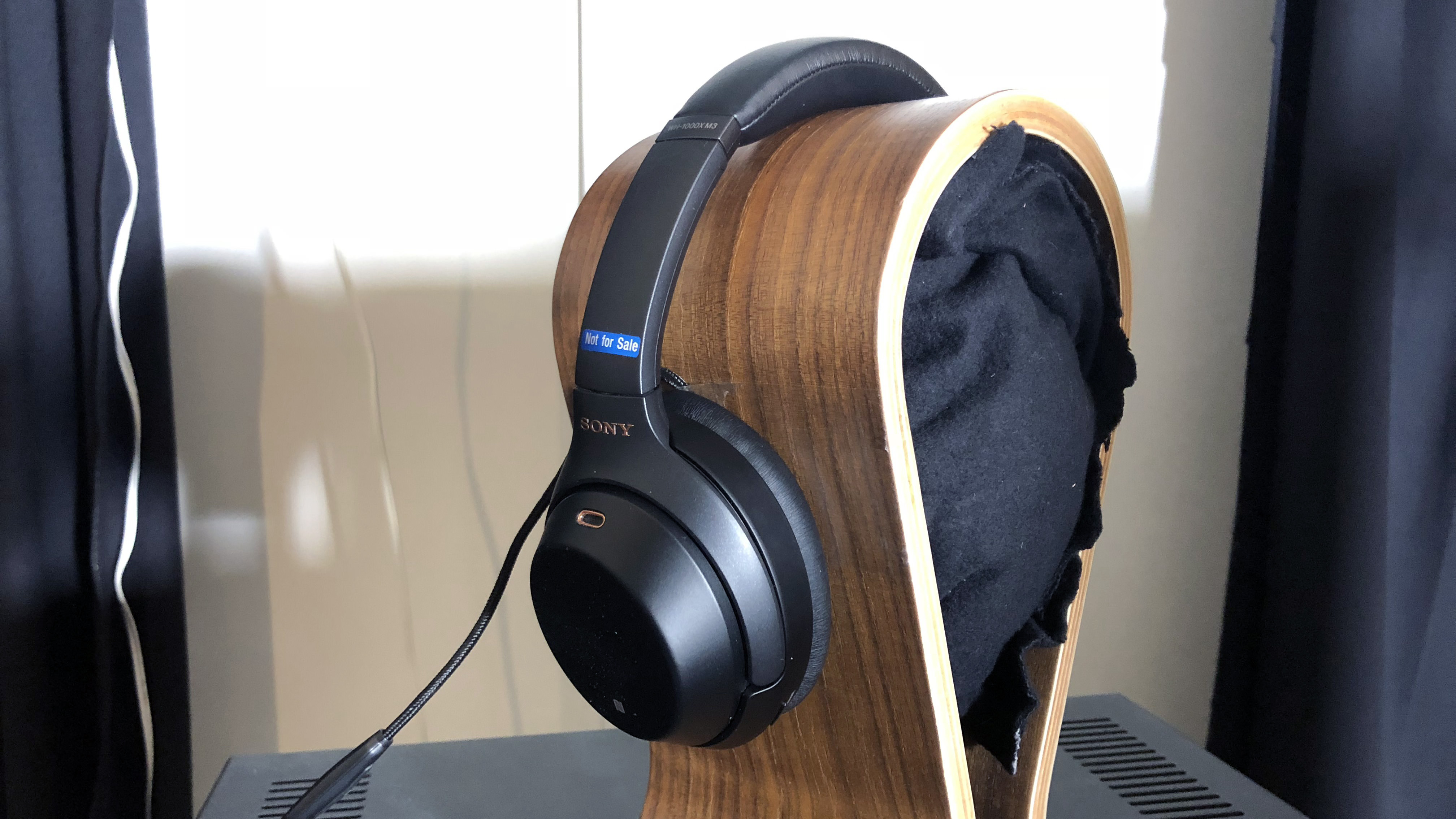
The best sound quality
And what about audio? Glad you asked. Where the previous model sounded fine albeit with a slightly exaggerated and blurry bass, the XM3 sound way tighter. The bass is significantly more attacking; it really kicks. Just listen to Janelle Monáe’s I Like That with its vigorous R&B bass guitar. The headphones go deep, with tighter rhythms than the XM2. They are related as far as tonal timbre goes, in that the treble area is still somewhat restrained. The Bose QC35 headphones, on the other hand, reproduce a more distinct hi-hat, but cannot compare to the resolution of the new Sonys (or the old ones, for that matter). Furthermore, Bose can only dream of these dynamics and sense of calmness. On the other hand, if you prefer the brighter, more detailed sound of headphones by B&O or B&W, the Sonys might not persuade you. For my part, there is no other noise cancelling pair I would rather have than the WH-1000XM3.
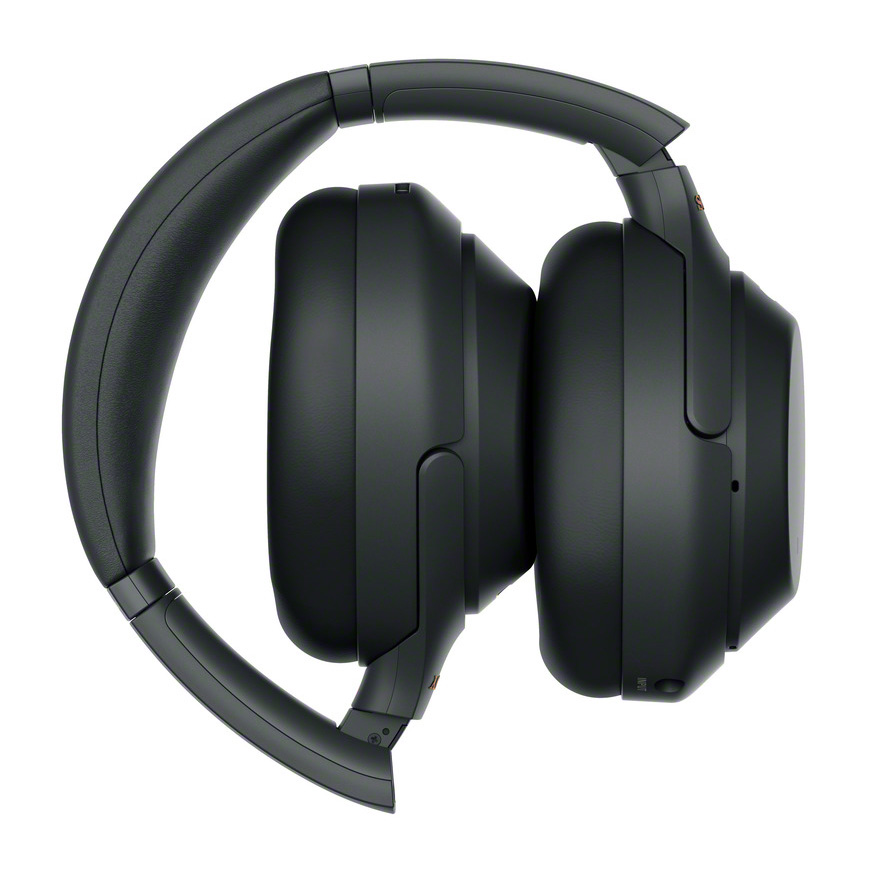
And classical music, you may ask? Well. You only have to give Alice Sara Ott’s brilliant piano playing on her album Nightfall a listen. The superefficient noise cancellation – of perfect frequency linearity, mind you – allows you to play this lovely piece of music at a very low volume, and still get the whole experience. The key strokes have a nice attack, while the lows emphasize the fundamentals of the grand piano quite nicely. You also clearly hear the difference between LDAC using a compatible Android phone (I used the Motorola G6 Plus), and an iPhone which is limited to AAC. There’s simply more air using the uncompressed LDAC codec.
In a perfect world I could have wished for even more liveliness. For comparison, the specialized Nuraphone headphones have even more attack and life in the midrange, and an adjustable bass to extreme levels, giving them way more oomph. They are not, however, as delicate in the top region, and despite both passive and active noise cancellation, they don’t suppress noise the way the Sonys do.
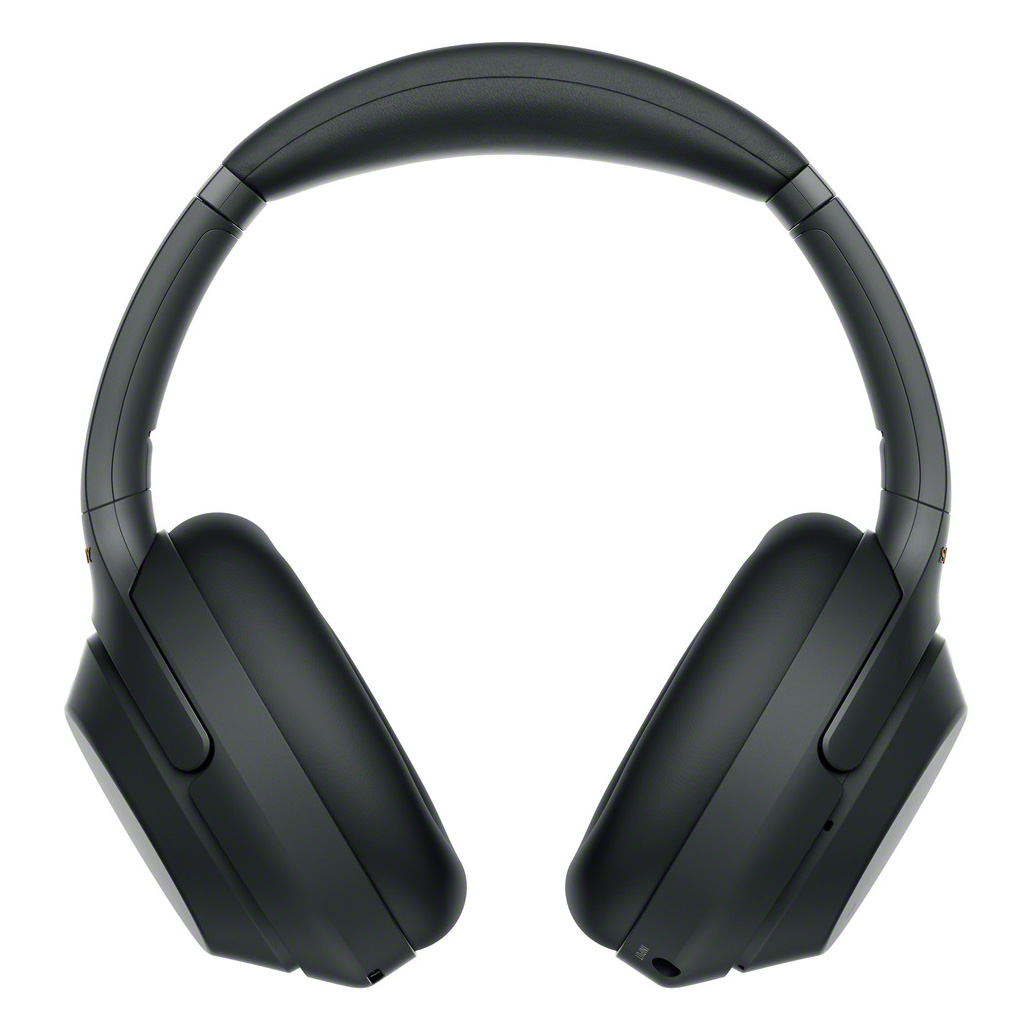
Verdict
In its noise cancelling arms race against Bose, which Sony was already leading with the WH-1000XM2, the Japanese manufacturer now has Bose (and everyone else) safely in its rear-view mirror. With WH-1000-XM3 it’s really no competition at this point.
The comfort is superb, the noise cancelling is silence as the grave, with a frequency linearity the likes of which is almost unheard of.
The audio quality is also even better than before, with better dynamics and bass control. Top it all off with an extremely quick charging (5 hours in 10 minutes!), and the Sony WH-1000XM3 are simply the world’s best noise cancelling headphones at the moment.

We think
The Sonys combine the best noise cancelling there is with top quality sound and great comfort. Totally sealed headphones can make your ears sweaty.
3700 €
Specifications
- Type: Over-ear, wireless, closed
- Connection: 3.5 mm, BT 4.2 aptX/LDAC
- Active noise cancelling: Yes
- Foldable: Yes
- Microphone and remote control: Yes
- Driver: 40 mm
- Battery life: 30 hours (wireless, NC activated)
- Weight: 255 g
- Color: Black or silver
- Web: sony.com
- Price: 380 Euros
